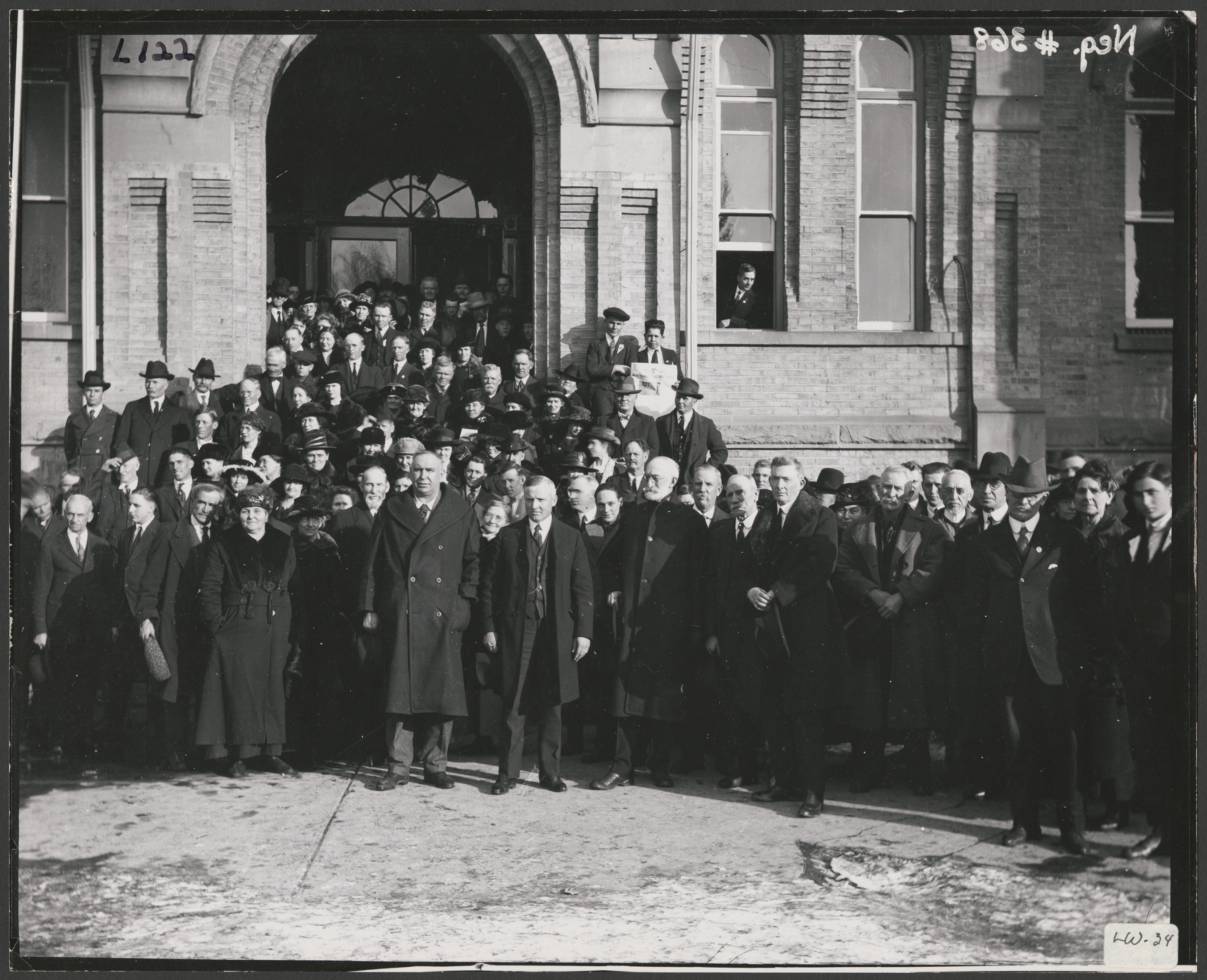
BYU Education Week 2023 has arrived. Participants above the age of 14 have traveled to campus to attend one of the dozens of classes prepared by educators to learn new teaching methods, understand the Gospel of Jesus Christ, make friends and have unforgettable experiences.
This year’s Education Week runs from August 21-25, 2023.
Since 1922, hundreds of thousands of students have flocked to BYU for Education Week events.
Education Week was first known as Leadership Week. According to a statement in “The World is Our Campus: The History of the Division of Continuing Education at Brigham Young University, Provo, Utah, 1875-1997,” by Richard H. Henstrom, in 1922, approximately 2,000 leaders from 42 different stakes and two missions came to BYU between January 23-28, 1922. Classes were a mixture of training sessions for the priesthood and auxiliary leaders of The Church of Jesus Christ of Latter-day Saints, along with other academic subjects.
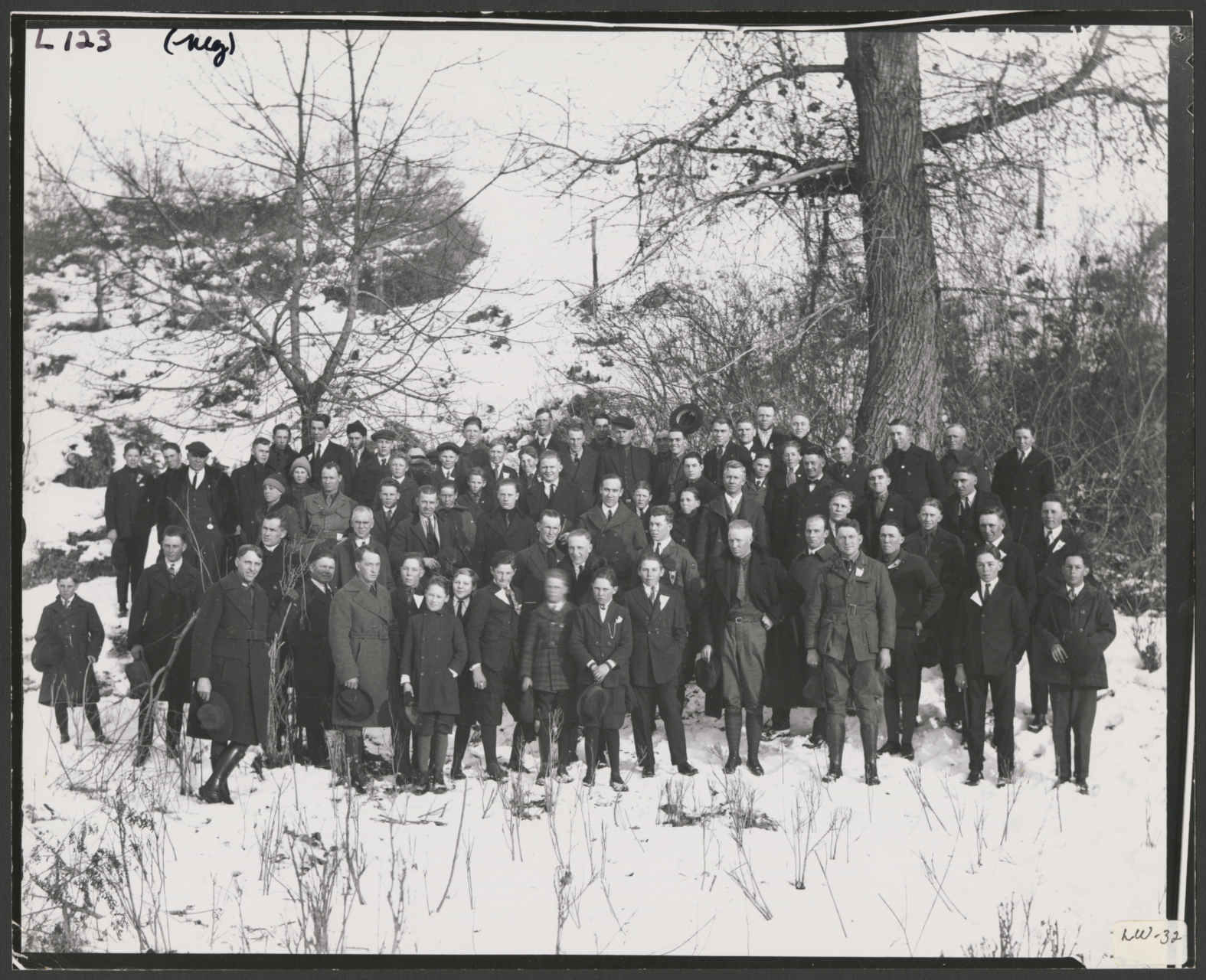
In 1926, KSL broadcasted Education Week speakers, including President Heber J. Grant, during a two-hour radio session. At $10 for two hours, this was the first time that Education Week was broadcast to a wider audience.
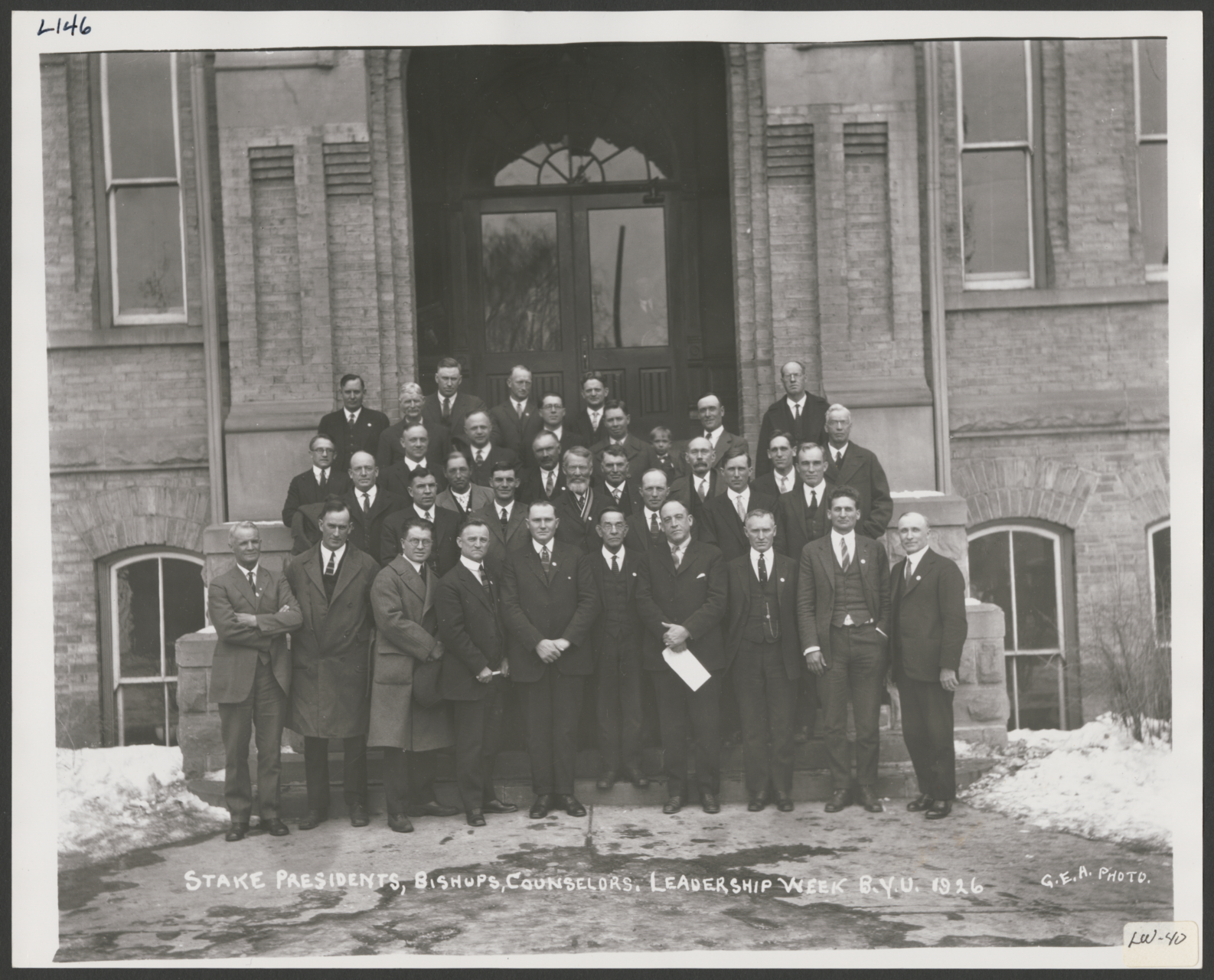
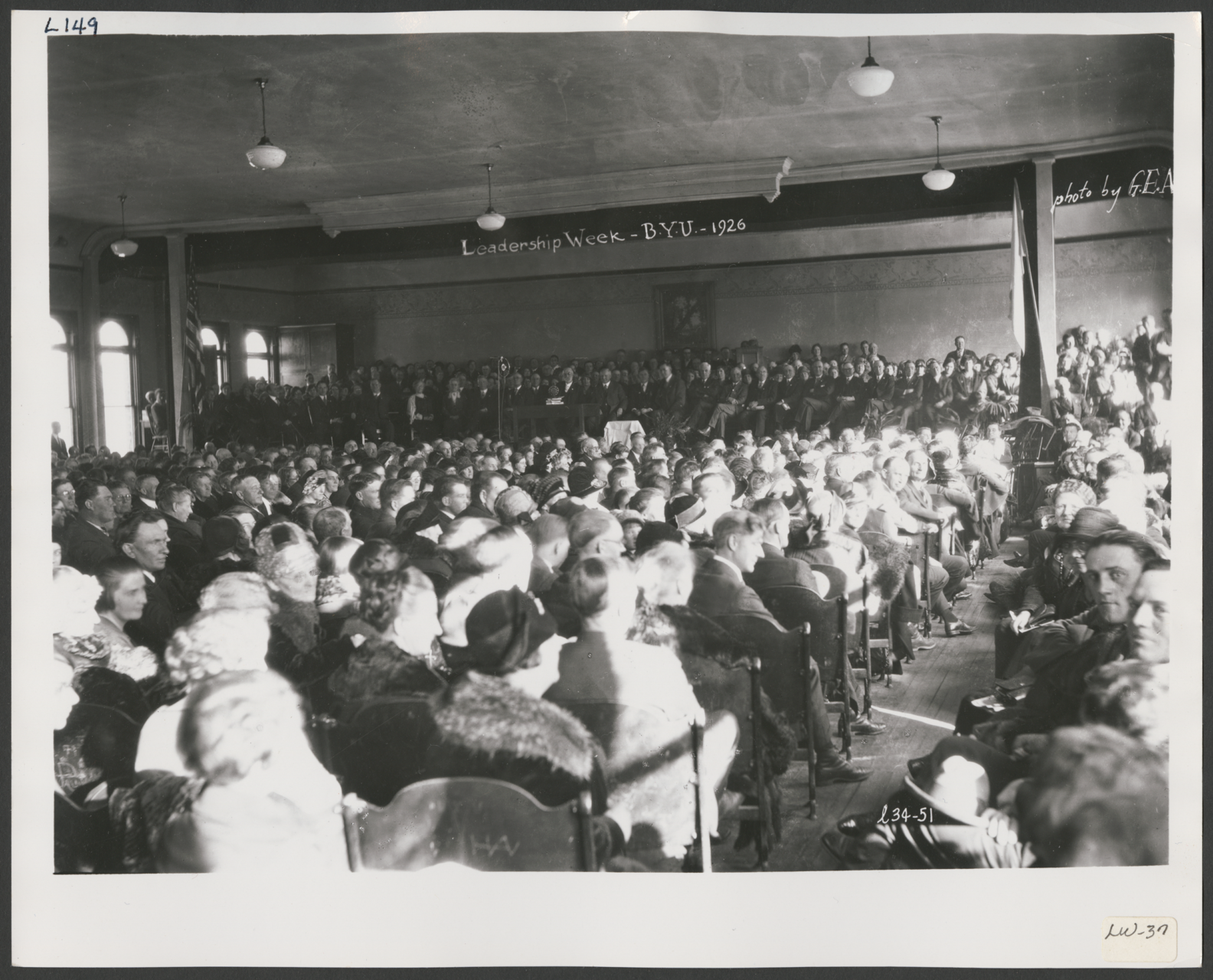
According to Henstrom, after America joined WWII in December 1941, Leadership Week was canceled for the remainder of WWII to “limit expense in line with the Government’s policies to reduce expenses.”
In February of 1942, programs that were previously prepared for Leadership Week were broadcasted over the radio. Leadership Week resumed in 1946.
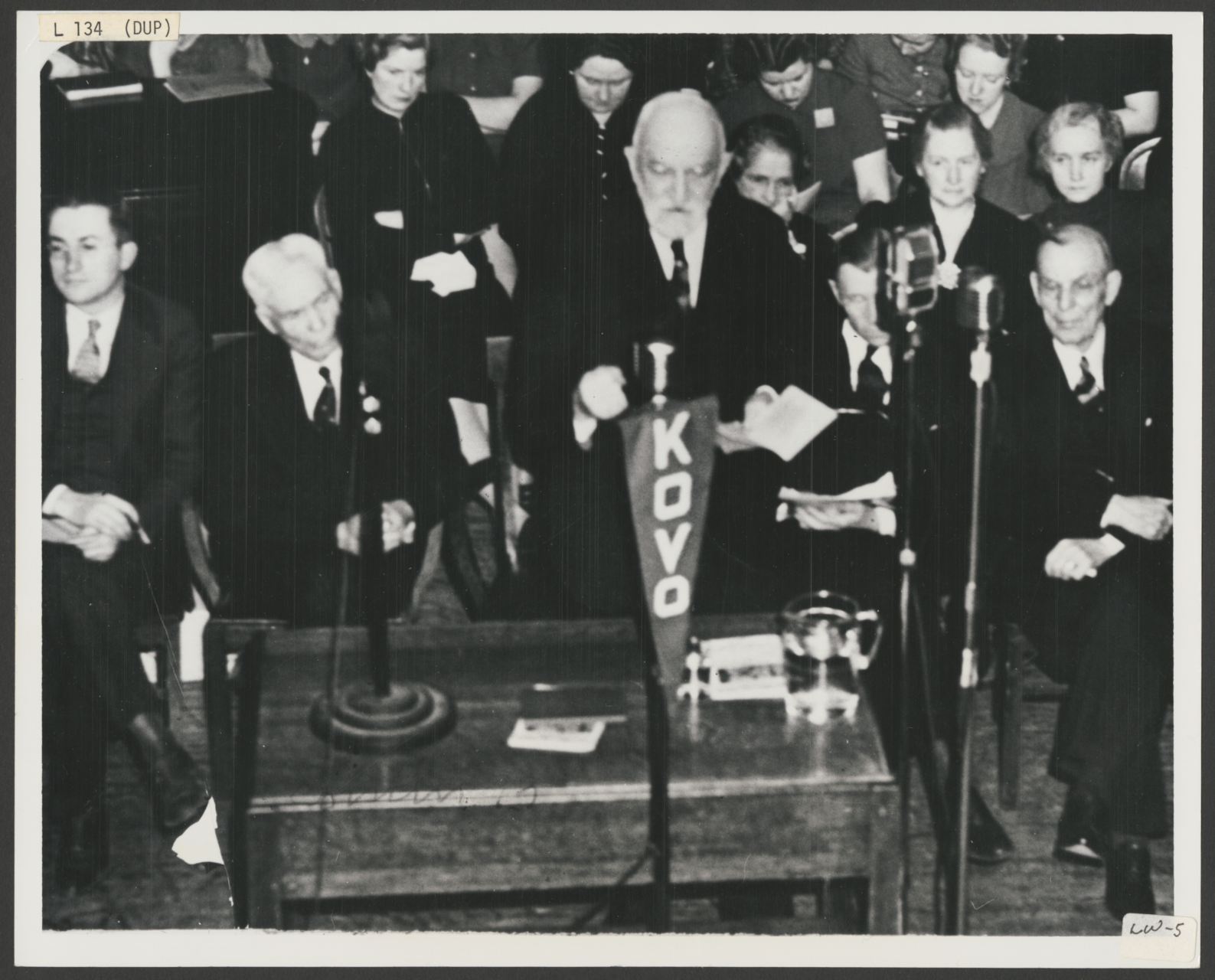
In 1947, the Dean’s Council recommended that Leadership Week “be discontinued without prejudice this school year” due to overcrowded conditions on campus. Leadership Week was moved to March in 1948, but in 1949 it was again discontinued as plans were made to move Leadership Week from the winter to the summer. Leadership Week moved to June in 1951. It would eventually be moved to August in 1973 due to BYU’s updated semester schedule.
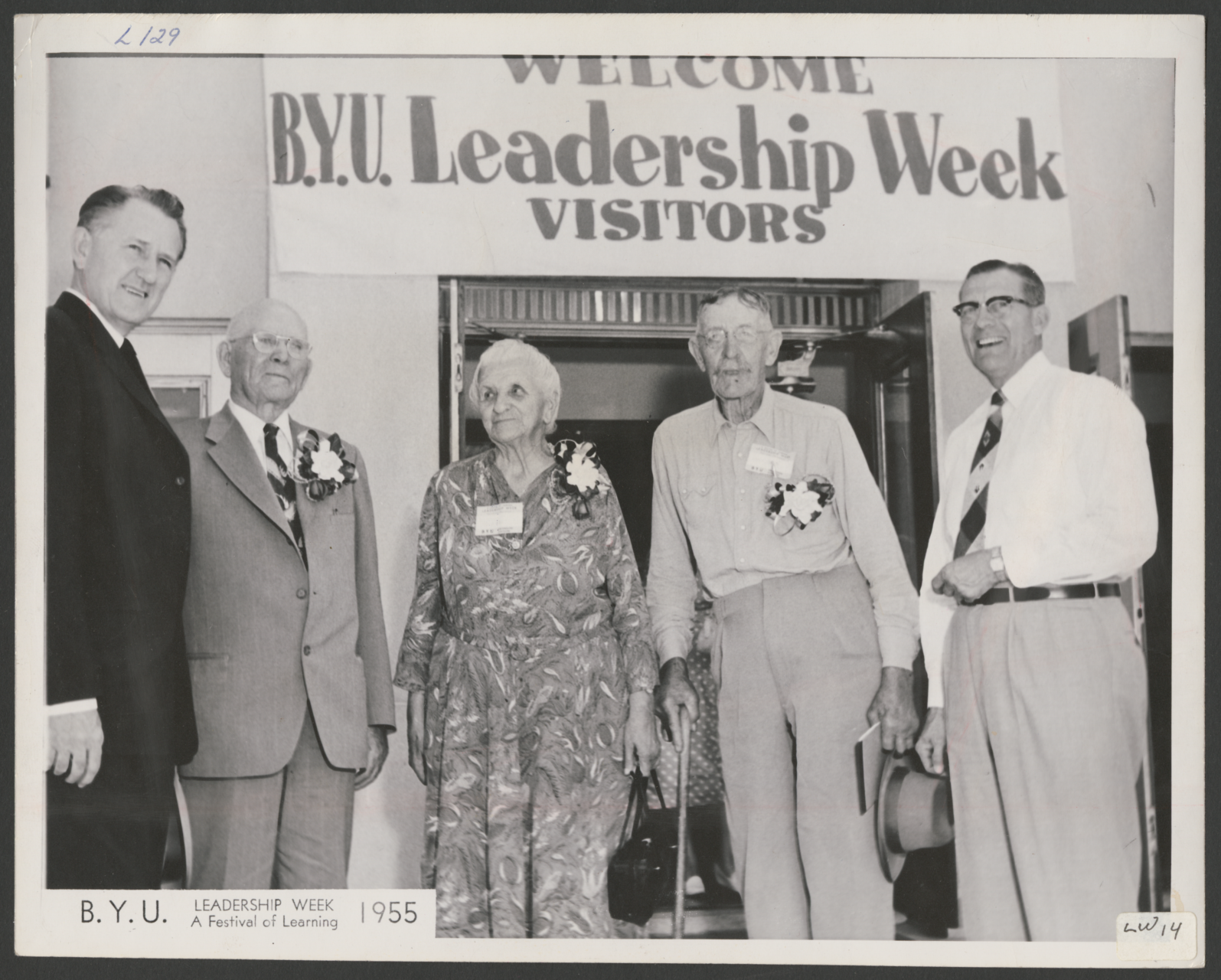
In 1955, patrons attending Leadership Week were required to pay a $1 registration fee to attend the conference. In 1925, the idea of a registration fee was proposed but was not implemented until 1955. The registration fee was intended to help pay for expenses rather than turn a profit.
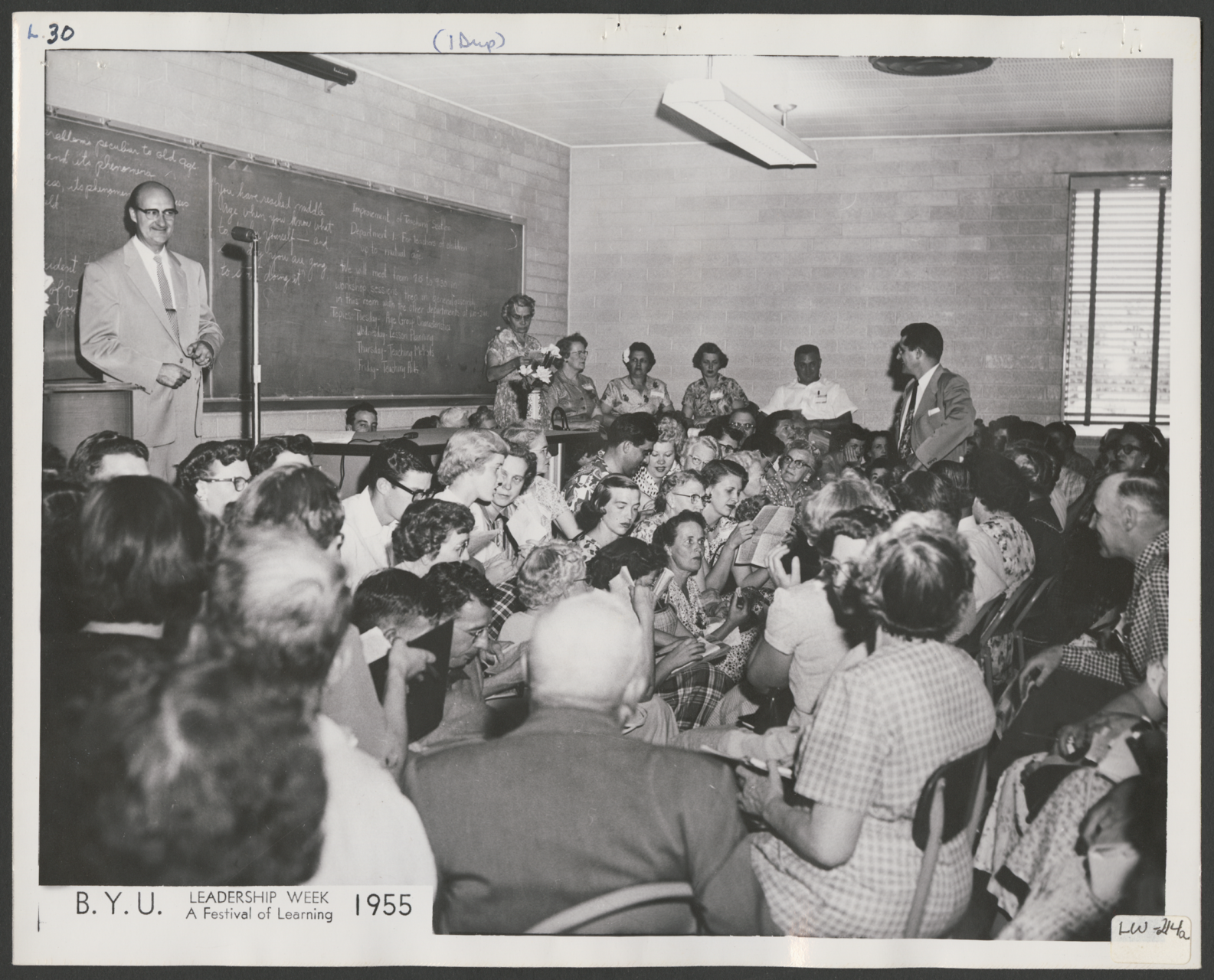
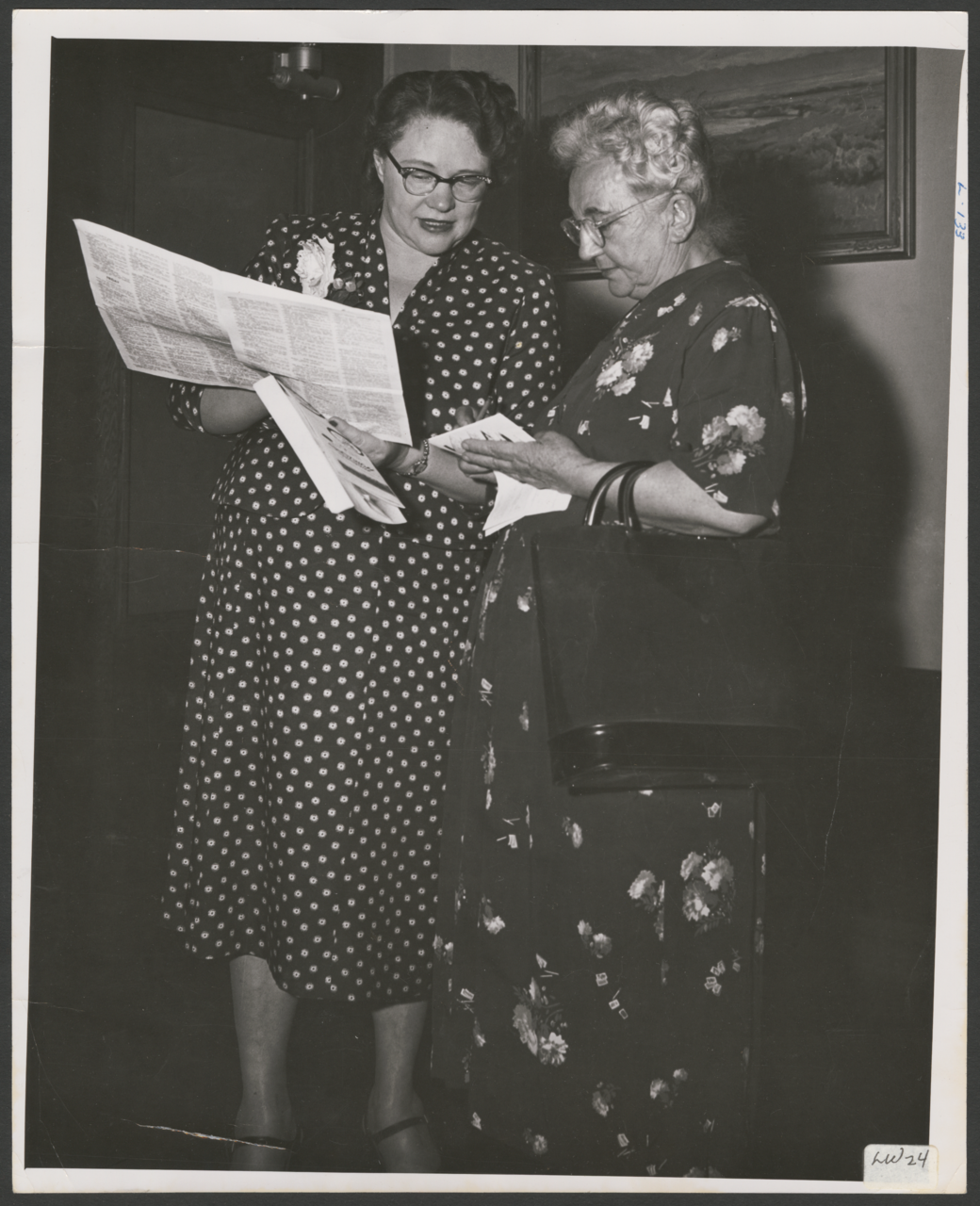
In 1960, a statement was released regarding the subject of Leadership Week.
The statement was recorded in “The World is Our Campus: The History of the Division of Continuing Education at Brigham Young University, Provo, Utah, 1875-1997,” by Richard H. Henstrom: “All subjects taught at Leadership Weeks will be limited to condensations of actual courses offered at Brigham Young University and listed in the General Catalog of the University, unless the Melchizedek Priesthood Committee, the Presiding Bishopric, or any of the General Boards of the auxiliary organizations, or other agencies of the Church desire to give specific courses.”
In 1963, the name of Leadership Week was changed to Education Week to better reflect the changing nature of the classes being taught. Five years later, courses designed to train new church leaders were removed from the curriculum, according to the statement.
In 1971, according to Henstrom, the number of registered attendees at Education Week reached more than 4,800 people. In 1975, just four years later, there were more than 10,000 registered attendees. In 1983, there were more than 20,000 registered attendees. In 1991, there were more than 31,000 registered attendees.
By 1983, the registration fee rose to $16. Participants could attend more than 1,000 different classes. One participant said “Education Week is like trying to drink from a fire hydrant — there is just so much.”
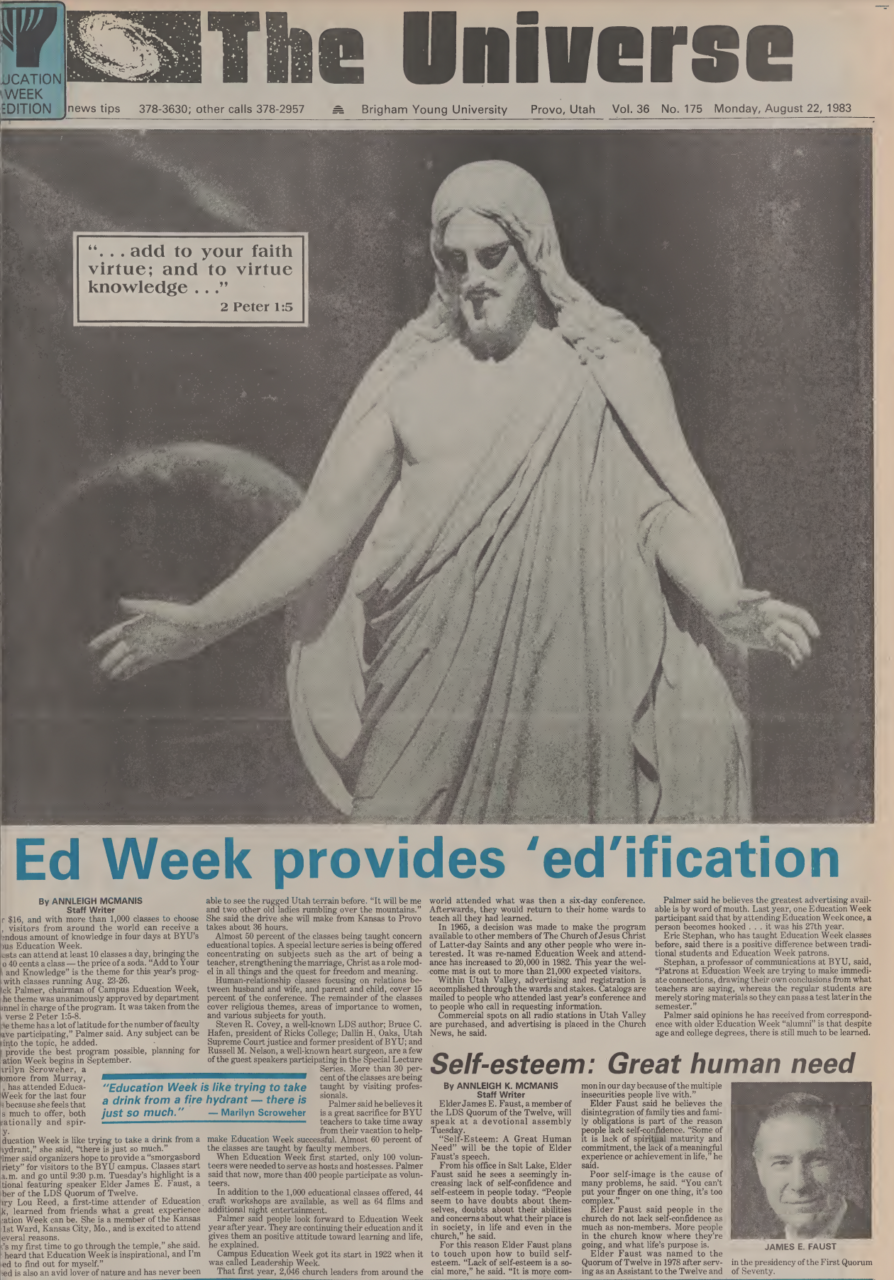
In 2019, there were 18,000 registrations. In 2020 due to the COVID-19 Pandemic, Bruce Payne, Program Administrator for BYU Education Week, put together an online-only program that reached 9,000 registered attendees. In 2021, Education Week returned to campus with 12,800 attendees.
According to Payne, 15,800 people came to BYU for Education Week in 2022 from all 50 states and several other countries, including Australia, Canada, Chile, Columbia, England, Germany, Mexico and Portugal.
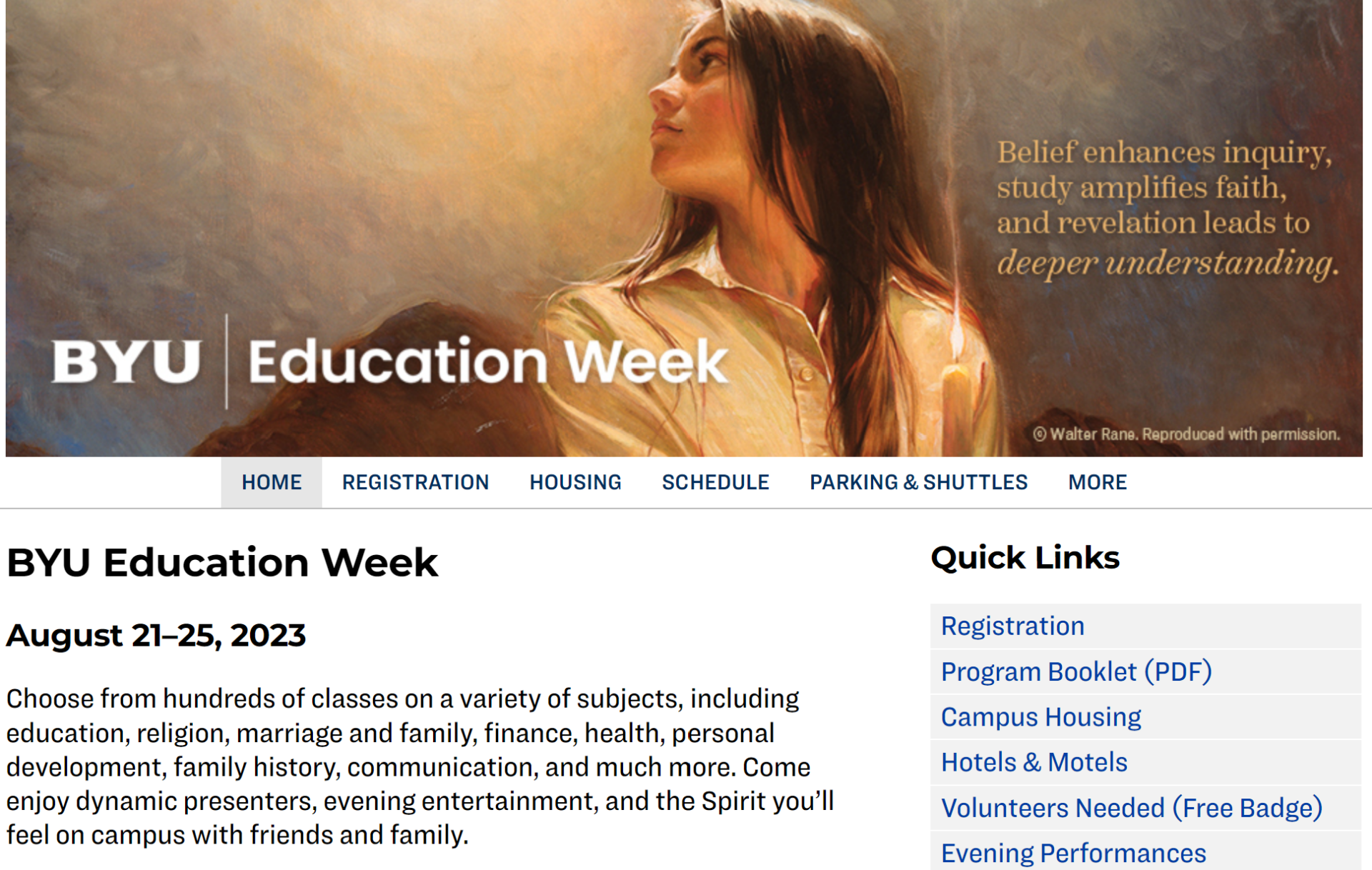
Roughly 17,000 participants are anticipated to attend Education Week 2023, according to Payne.




